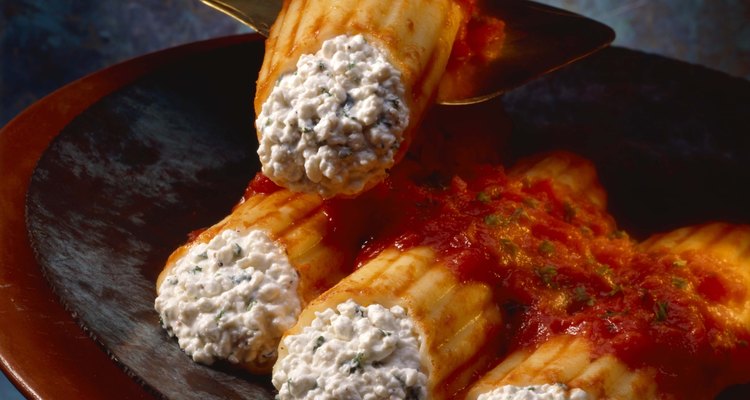
Jupiterimages/Comstock/Getty Images
All cheese making begins by encouraging milk to curdle, by adding either acidity or a natural enzyme called rennet. The casein proteins in the milk form loose, spongy curds, better known as cottage cheese. Cottage cheese is sold fresh, without the aging and pressing that marks conventional cheeses. It can have sweet cream added for extra moisture and flavor, or be sold as well-drained dry curds. The creamed type is more pleasurable for eating, while the dry variety is better for cooking. If you need dry-curd cottage cheese for a recipe, you can make it by draining the creamed variety.
Line a colander or wire mesh strainer with several layers of cheesecloth, or a square cut from a well-washed sheet or pillowcase.
Scoop the cottage cheese into the prepared strainer. Rinse the curds briefly under cold running water, which removes much of the cream and speeds the draining process.
Place the strainer over a mixing bowl, to catch the liquid as it drips from your cottage cheese. Cover the surface of the cottage cheese with a layer of plastic film wrap, then put a plate on top of the curds. Balance a can from your pantry on the plate, to provide weight and encourage draining.
Refrigerate the cottage cheese and let it drain for at least an hour, and preferably for four or more. The longer it drains the drier it will be, and the better suited to use as a recipe ingredient.
Remove the cottage cheese from your refrigerator, and measure the quantity of dry curds you need. Keep the rest in a sealed container in your refrigerator, or package it and freeze it for longer-term storage.
Related Articles

Why Does Cannoli Cream Come Out Watery?
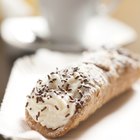
Firm Ricotta Cheese Cannoli Filling
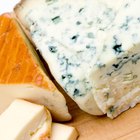
How to Crumble Gorgonzola Cheese

How to Melt Gouda
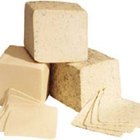
How to Cook With Havarti Cheese

How to Substitute With Dry Milk

How to Fix Grainy Whipped Ganache

How to Cook Steel-Cut Oats in a Slow ...
Does Sour Cream Go Bad if Unopened?

How to Make Homemade Biscuits With Water

How to Make Homemade Mac & Cheese

Kefir Substitute
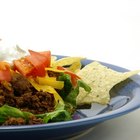
What Can I Use in Place of Sour Cream?

How to Defrost Frozen Mozzarella
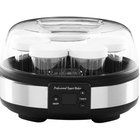
How to Mix Yogurt With Unflavored ...
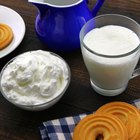
How to Substitute Cream for Buttermilk

Cheeses Similar to Feta
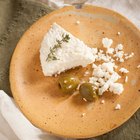
How to Make Queso Fresco

What Else Could You Use Besides Cream ...
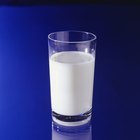
How to Freeze Goat's Milk
Writer Bio
Fred Decker is a trained chef and prolific freelance writer. In previous careers, he sold insurance and mutual funds, and was a longtime retailer. He was educated at Memorial University of Newfoundland and the Northern Alberta Institute of Technology. His articles have appeared on numerous home and garden sites including GoneOutdoors, TheNest and eHow.
Photo Credits
Jupiterimages/Comstock/Getty Images